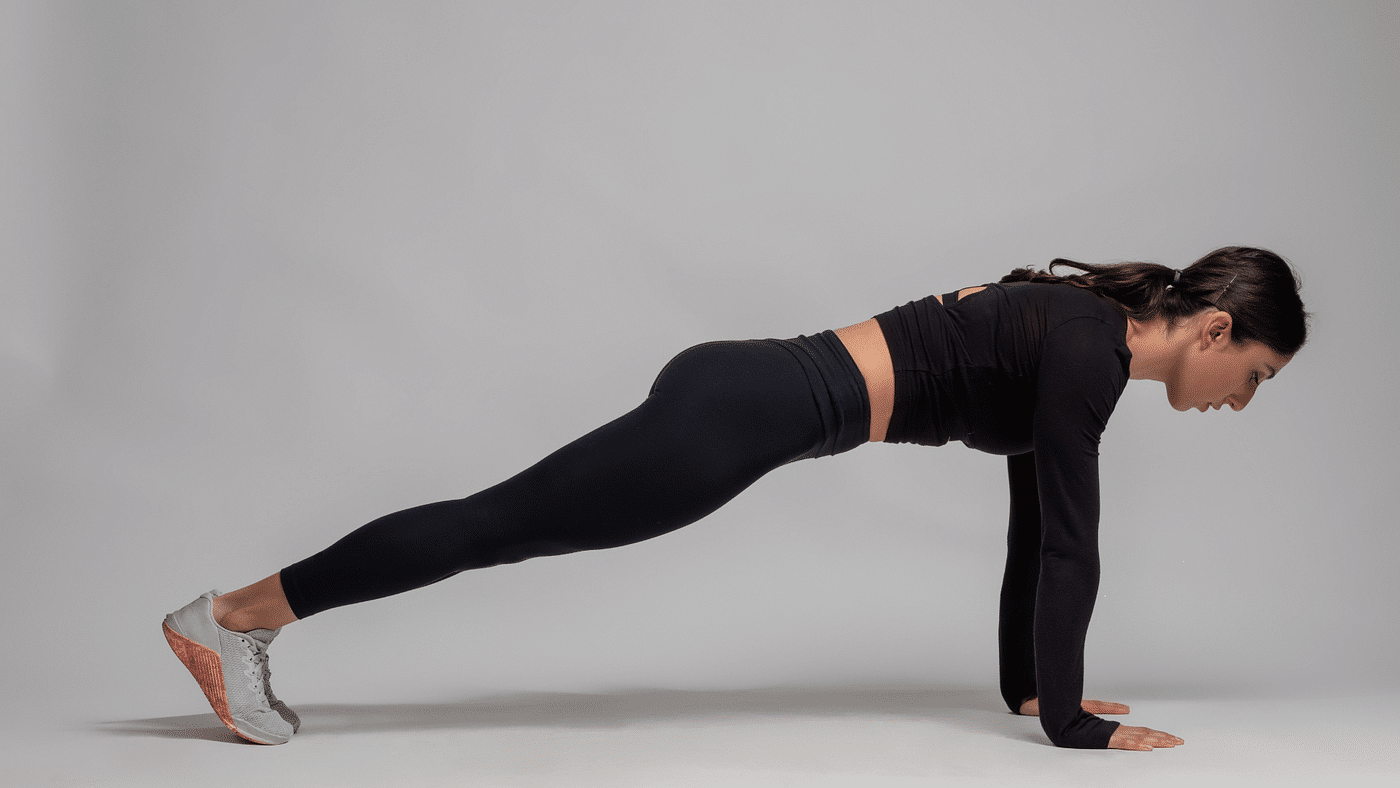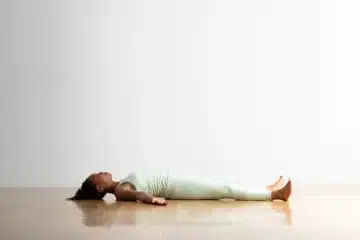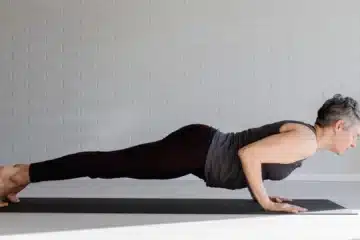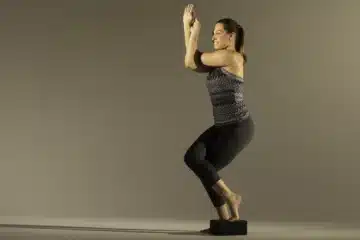Plank Pose, known as Kumbhakasana in Sanskrit, is a fundamental yoga posture renowned for its ability to build core strength, stability, and mental resilience.
Often incorporated into yoga sequences and fitness routines alike, Plank Pose offers a myriad of benefits for both the body and mind.
In this article, we explore the significance, benefits, and techniques of Plank Pose, empowering practitioners to harness its transformative potential.
Understanding Plank Pose
Plank Pose is a simple yet powerful posture that mimics the position of a plank, hence its name. In this pose, the body forms a straight line from head to heels, supported by the hands and toes.
The core muscles, including the abdominals, obliques, and lower back, engage to maintain stability, while the arms and shoulders provide strength and support.
Plank Pose requires focused attention and mindful awareness to sustain the alignment and integrity of the body.
Benefits of Plank Pose:
- Strengthens the core: Plank Pose targets the entire core musculature, including the rectus abdominis, transverse abdominis, and obliques, effectively toning and strengthening the abdominal region.
- Improves posture: Practicing Plank Pose regularly helps in developing a strong and stable spine, promoting better posture and alignment in daily activities.
- Enhances full-body strength: Plank Pose engages not only the core muscles but also the arms, shoulders, chest, and legs, providing a comprehensive strength-building workout for the entire body.
- Boosts endurance and stamina: Holding Plank Pose requires physical and mental endurance, helping to increase stamina and resilience over time.
- Supports mental focus and concentration: The concentration required to maintain proper alignment in Plank Pose cultivates mental focus, clarity, and presence, calming the mind and reducing stress.
Techniques for Practicing Plank Pose:
- Begin in a tabletop position on your hands and knees, aligning the wrists directly under the shoulders and the knees under the hips.
- Step the feet back one at a time, extending the legs behind you, with toes tucked under and heels reaching back.
- Engage the core muscles by drawing the navel towards the spine, creating a straight line from head to heels.
- Press firmly through the palms, spreading the fingers wide for stability, and avoid sinking into the shoulders.
- Keep the neck in line with the spine, gaze slightly forward, and maintain a steady breath throughout the pose.
- Hold Plank Pose for 30 seconds to 1 minute, gradually increasing the duration as strength and endurance improve.
- To release, gently lower the knees to the mat, rest in Child’s Pose, or transition to the next posture in your sequence.
Conclusion
Plank Pose serves as a cornerstone of both yoga practice and functional fitness, offering a multitude of physical and mental benefits.
By incorporating Plank Pose into your routine with mindful awareness and proper technique, you can strengthen your core, enhance full-body strength, and cultivate mental resilience.
Embrace the challenge, engage your core, and let Plank Pose empower you to discover the strength and stability within.



